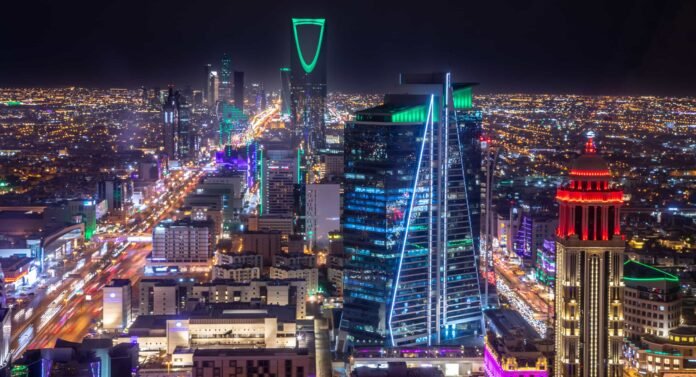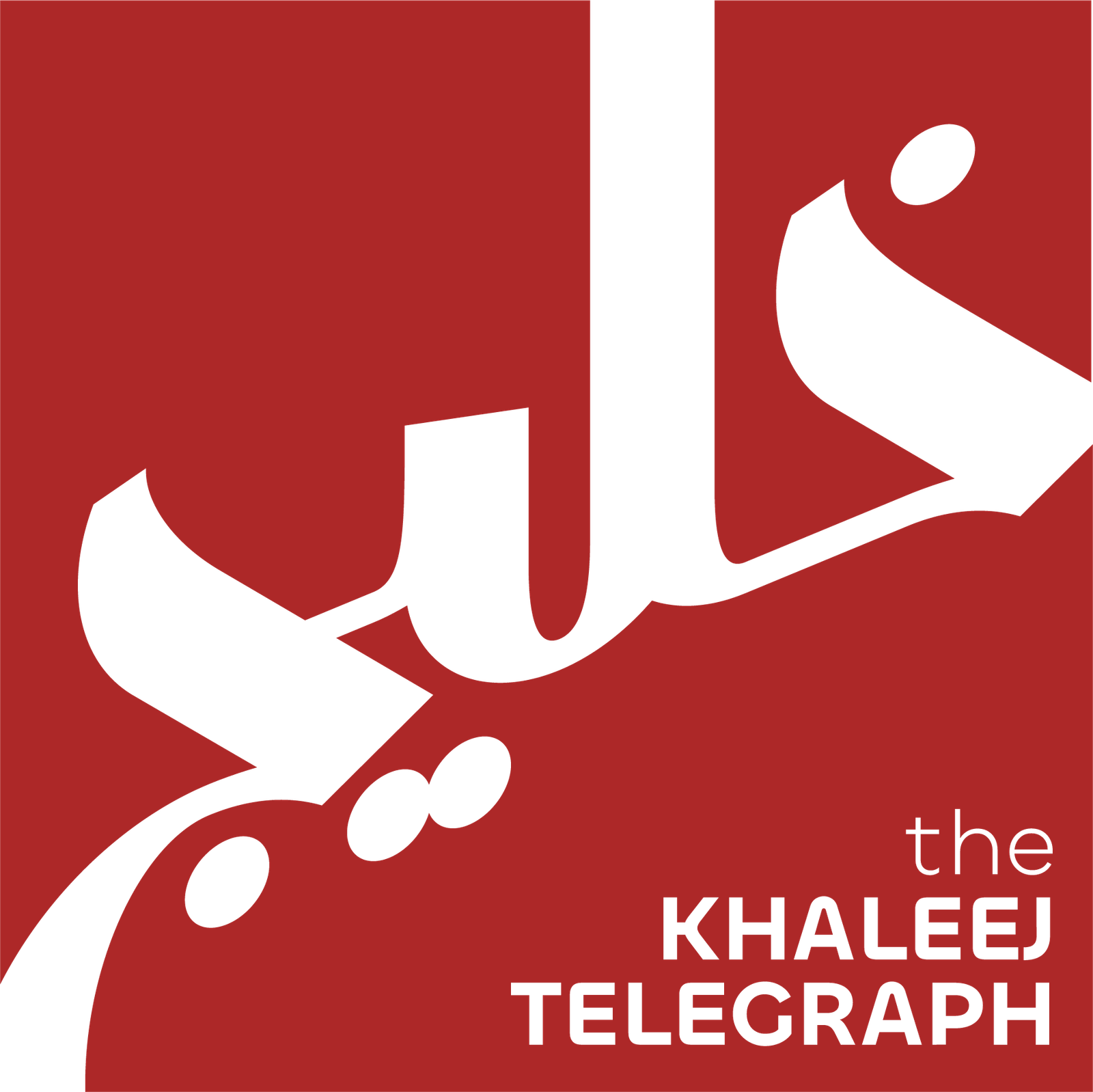Saudi Arabia is poised to sustain non-oil growth between 4.5 percent and 5.5 percent annually over the next decade, Moody’s predicts. This growth comes as the Kingdom accelerates its Vision 2030 diversification program, boosting services, tourism, and infrastructure. Moreover, major events like the AFC Asian Cup, the World Expo, and the FIFA World Cup will further drive non-oil expansion. Analysts highlight that Saudi Arabia non-oil growth will attract private investment consistently.
Fitch Ratings and other consultancies share a similar outlook, expecting average non-oil growth of around 4.5 percent. Tourism, manufacturing, and exports will continue to expand, reflecting confidence in Saudi Arabia’s economic transformation. Furthermore, government forecasts indicate GDP growth exceeding 4 percent, supported largely by non-oil sectors. Rising domestic demand, employment gains, and private-sector investment underpin this momentum.
Moody’s emphasizes that large-scale projects in the services sector will gradually commercialize, sustaining economic performance. Although some flagship developments face engineering and supply challenges, the government maintains high investment outlays. Consequently, fiscal deficits may remain moderate, while government debt rises modestly as diversification continues.
The banking sector also benefits from Vision 2030 projects. Credit demand outpaces deposit growth, pushing the loan-to-deposit ratio above 100 percent. At the same time, banks diversify through capital-market issuance and syndicated loans. Saudi banks raised about SR56 billion in issuance recently, compared with smaller levels previously. Additionally, the Saudi Central Bank strengthens resilience with countercyclical capital buffers and liquidity measures.
Real estate financing supports non-oil growth as well. The Saudi Real Estate Refinance Co. helps ease liquidity pressures, expanding its portfolio and introducing residential mortgage-backed securities for local investors. Moody’s notes that foreign funding has grown, but measured diversification reduces systemic risk.
Private-sector investment will remain critical. Cumulative funding of nearly SR8 trillion will be required to sustain momentum, with the Public Investment Fund continuing to catalyze co-investment. PIF’s direct involvement may reach SR1 trillion, while private participants will provide roughly SR7 trillion. Large projects, including Neom, carry execution risks, but phased investments and oversight should support delivery.
Utilities and energy will carry substantial capital demands as the Kingdom moves toward a 50/50 renewable and gas mix. The National Renewable Energy Program has launched extensive projects, while grid expansion and capital spending at Saudi Electricity Co. will rise. Higher investments will strain cash flow, but regulatory support and subsidies provide offsets.
Across capital markets, corporates will increasingly access equity and debt, deepening domestic markets and diversifying funding sources. Together, these measures ensure that Saudi Arabia non-oil growth remains robust and sustainable. Analysts conclude that continued strategic investment and reforms will strengthen the Kingdom’s economic resilience.
Clearly, Saudi Arabia non-oil growth stands as a cornerstone of Vision 2030 and long-term economic stability.


